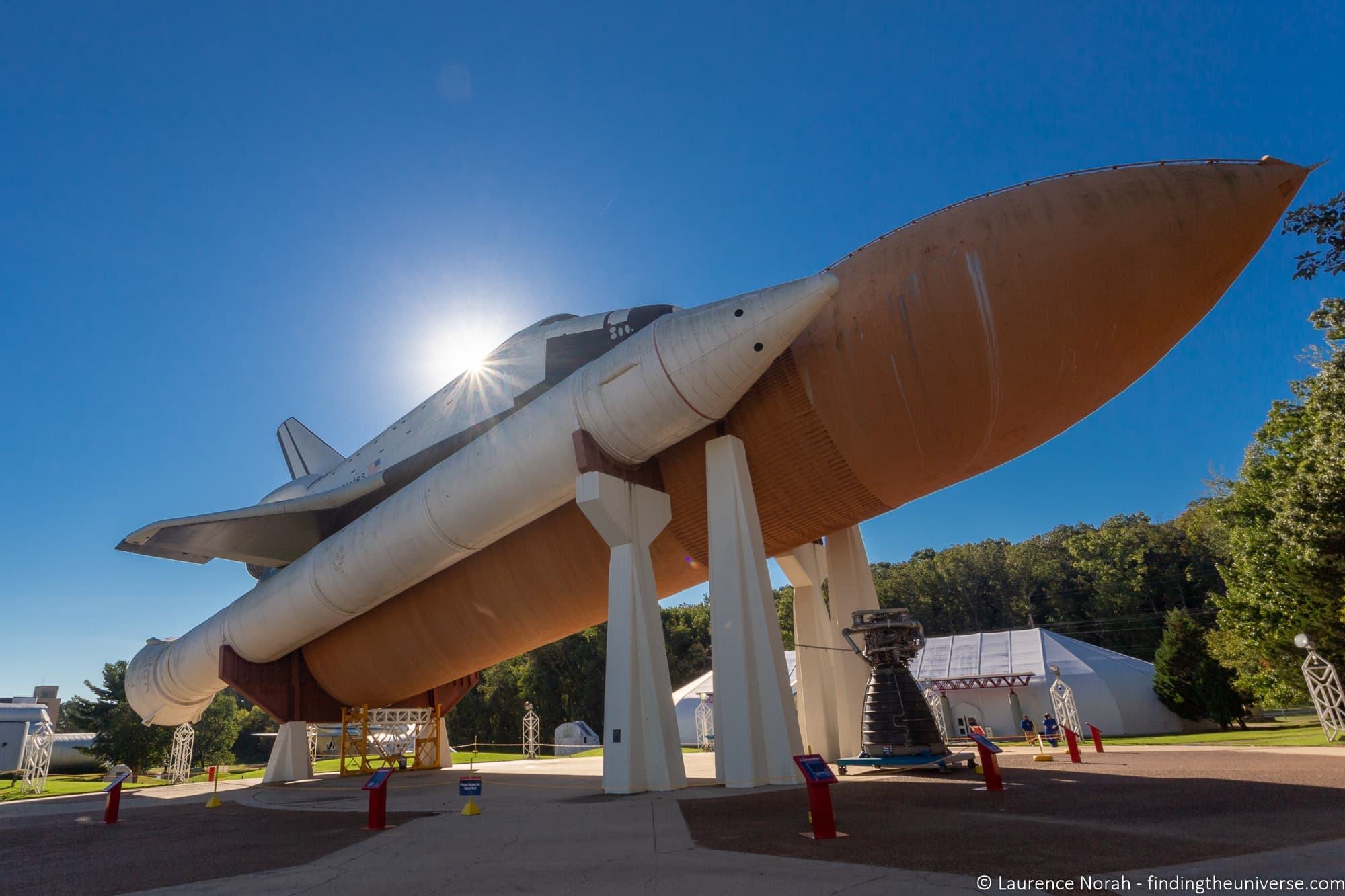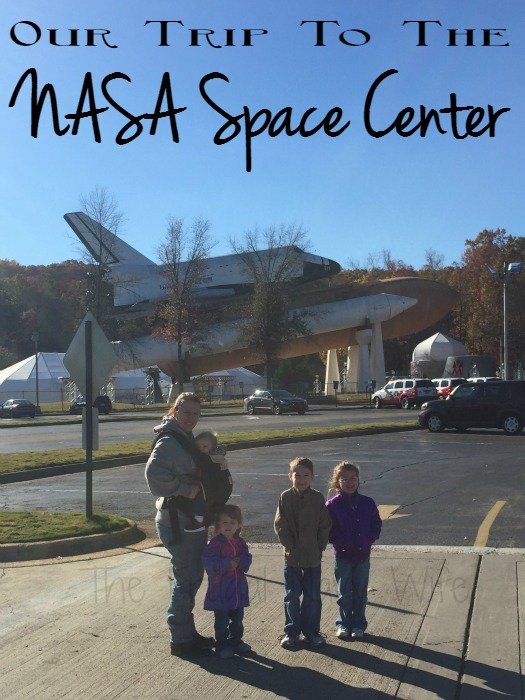

exports and connecting Huntsville to major cotton markets in Nashville, Memphis, and New Orleans. Cotton mills grew Huntsville and the South's economies greatly, becoming 60% of all U.S. The factory was known throughout Alabama for its high levels of production. Many cotton mills in the area relied on slave labor, most notably the Bell Factory, where slaves ran textile machinery. Slaves worked in factories and on cotton plantations. Like the rest of Alabama, Huntsville was involved in the slave trade. The increased use of cotton meant an increased us of slave labor throughout the South as well. The invention of the cotton gin in the late eighteenth century meant that uplands areas could be profitably cultivated with short-staple cotton, which could be grown in a much larger area than the long-staple cotton of the Sea Islands and Low Country. Many wealthy planters moved into the area from Virginia, Georgia, and the Carolinas to develop new cotton plantations.

Huntsville's initial growth was based on wealth generated by the sale of cotton from plantations, for which there was international demand, and trade associated with railroad industries. Wade was David's grandson), just east of Mt. He built the David Wade House on the north side of what is now Bob Wade Lane (Robert B. David Wade settled in Huntsville in 1817. However, the recognized "founding" year of the city is 1805, the year of John Hunt's arrival. In 1811, Huntsville became the first incorporated town in what is now Alabama. īoth John Hunt and LeRoy Pope were Freemasons and charter members of Helion Lodge #1, the oldest lodge in Alabama. Given anti-British sentiment during this period after the Revolution and with tensions leading to the War of 1812, in 1811 the town name was changed to "Huntsville" to honor pioneer John Hunt. Twickenham was carefully planned, with streets laid out in a northeast to southwest direction based on the flow of Big Spring. The area was subsequently purchased by LeRoy Pope, who named it Twickenham after the home village of his distant kinsman Alexander Pope. The Big Spring, the center of the street plan in Twickenham (renamed "Huntsville" in 1812) The Huntsville metropolitan area's population was 491,723 in 2020, making it the second most populous metropolitan area in the state after the Birmingham metropolitan area. The city's population was 215,006 at the 2020 census. The National Trust for Historic Preservation included Huntsville in its "America's Dozen Distinctive Destinations for 2010" list. NASA's Marshall Space Flight Center, the United States Army Aviation and Missile Command, and most recently the FBI's operational support headquarters all came to be located at nearby Redstone Arsenal. After the war, additional research was conducted at Redstone Arsenal on rockets, followed by adaptations for space exploration. During the war, the Army established Redstone Arsenal in the vicinity with a chemical weapons plant, and nearby related facilities. Its major growth has taken place since World War II. The city developed across nearby hills north of the Tennessee River, adding textile mills in the late nineteenth century. When Alabama was admitted as a state in 1819, Huntsville was designated for a year as the first capital, before that was moved to more central settlements.

Huntsville was founded within the Mississippi Territory in 1805 and became an incorporated town in 1811. Located in the Appalachian region of northern Alabama, Huntsville is the most populous city in the state. Huntsville is a city in Madison County and Limestone County, Alabama, United States, with a small portion extending into Morgan County.


 0 kommentar(er)
0 kommentar(er)
